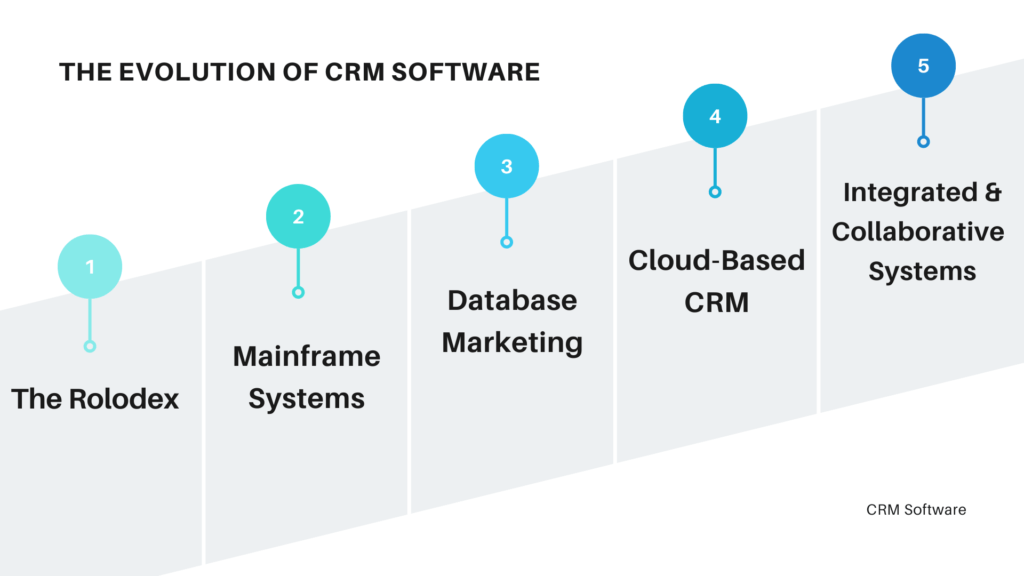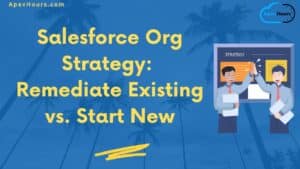RELATIONSHIPS in my opinion, are the fundamental building blocks of CRM. How many people can you manage in your thoughts at once? The answer is between 100 and 200, not more. Because of this, humans have gradually evolved methods to manage relationships. Let learn about the evolution of CRM.
Its start with rolodex and that evolved into something called a Daytimer and really around that time people used index cards to manage their relationships and their call backs so they put a note on in like 699 index card they put the notes on who they spoke to and what the call was about and then they put a date of when they want to recall them and they file it based off that recall date and so the 699 index card in daytimers was the root of crm so really.
CRM didn’t start out as a management command and control platform that it is today but more about empowering a customer-facing business team member to be more effective at managing their relationships their tasks and their appointments and I think that business is really about.
Customer Relationship Management (CRM) software has come a long way since its inception. What began as a simple digital Rolodex to manage contacts has transformed into a powerful tool that drives customer-centric strategies and helps businesses foster meaningful relationships. In this blog post, we’ll explore the fascinating evolution of CRM software and its impact on modern business practices.
The Evolution of CRM
Let see the From Digital Rolodex to Customer-Centric Powerhouse The Evolution of CRM Software.

Image credit freeimages.
Early Days: Digital Rolodexes and Contact Management (1980s-1990s)
The early versions of CRM software, emerging in the 1980s and 1990s, focused primarily on contact management. They provided a digital alternative to the traditional Rolodex, enabling businesses to store and organize customer information more efficiently. These systems allowed companies to record basic details like names, addresses, and phone numbers, streamlining communication processes and reducing manual paperwork.
Sales Force Automation and Pipeline Management (1990s-2000s)
In the late 1990s and early 2000s, CRM software began incorporating Sales Force Automation (SFA) capabilities. These tools enabled organizations to track leads, manage sales pipelines, and automate routine sales tasks. This shift enhanced sales efficiency and empowered sales teams to close deals faster.
Marketing Automation and Customer Segmentation (2000s-2010s)
As digital marketing gained prominence; CRM software expanded its capabilities to include marketing automation features. Around the 2000s and 2010s, businesses started leveraging CRM systems to create targeted marketing campaigns, automate email outreach, and track customer interactions across various channels. Customer segmentation became a crucial aspect, allowing companies to personalize their messaging and engage with customers in a more meaningful way.
Enhanced Customer Service and Support (2010s-2020s)
In the 2010s and beyond, CRM software evolved further to encompass enhanced customer service and support functionalities. Systems incorporated features like ticketing systems, knowledge bases, and customer portals to facilitate efficient issue resolution and enhance customer satisfaction. Customer service representatives gained access to a holistic view of customer interactions, enabling them to deliver personalized and timely support.
Analytics and Business Intelligence (2010s-2020s)
The modern CRM landscape witnessed a significant shift towards data-driven decision-making in the 2010s and 2020s. CRM software started offering robust analytics and business intelligence capabilities, allowing organizations to gain insights into customer behaviour, track key performance indicators, and forecast future trends. These analytical tools help businesses make informed decisions, identify growth opportunities, and optimize their strategies for greater success.
Integration with Emerging Technologies (2020s-present)
In recent years, CRM software has embraced emerging technologies such as artificial intelligence (AI), machine learning (ML), and chatbots. As of the present day, AI-powered CRM systems can automate data entry, provide predictive analytics, and deliver personalized recommendations. Chatbots integrated with CRM platforms offer instant customer support, round-the-clock assistance, and enhanced user experiences.
Learn about When to go for an out-of-the-box CRM.
Summary
The evolution of CRM software has been remarkable, spanning several decades of
innovation and technological advancements. From its early days as a digital Rolodex to its current state as a customer-centric powerhouse, CRM systems have revolutionized how businesses manage customer relationships. As technology continues to advance, we can expect CRM software to evolve further, empowering organizations to forge stronger connections with customers and achieve sustainable growth.




